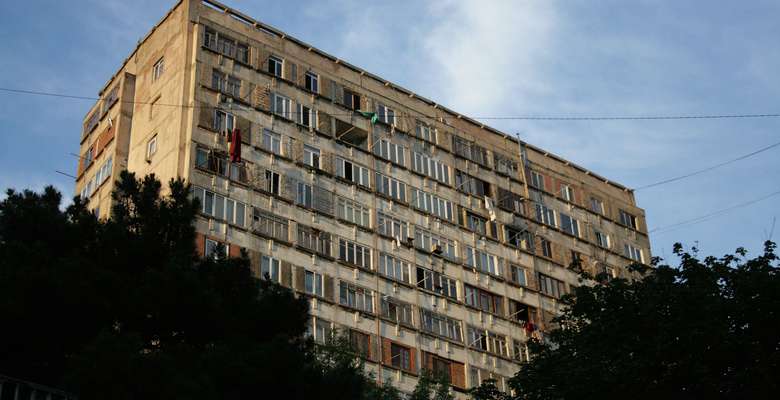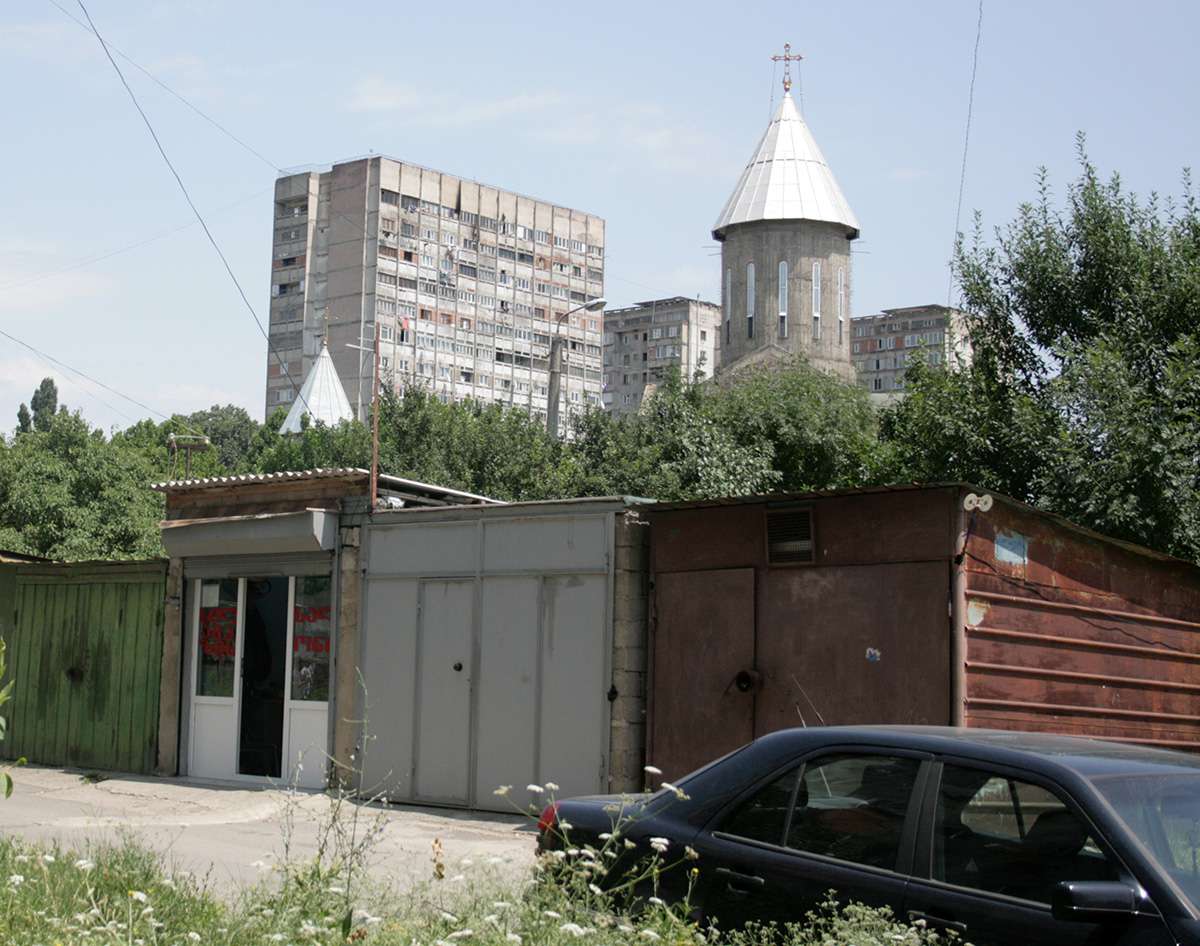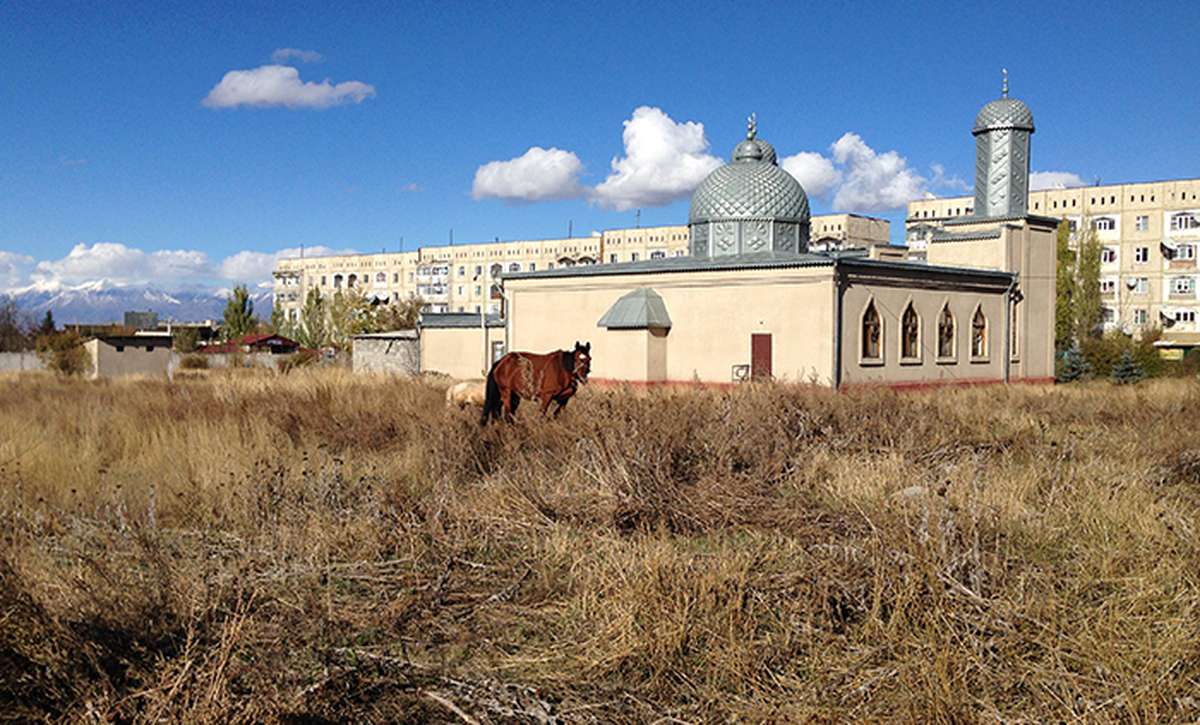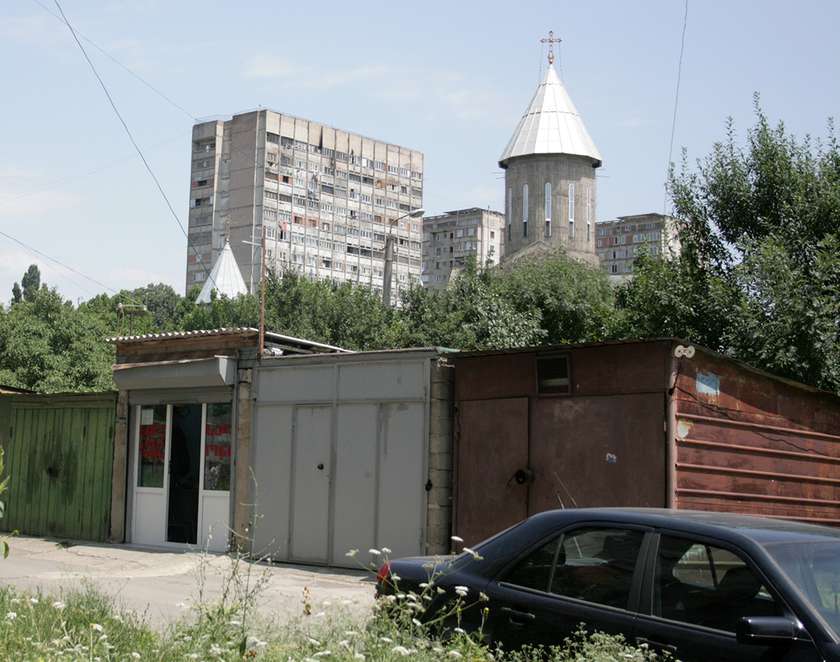Idea by
Tinatin Gurgenidze, Roser Corella
Call for ideas 2016
(de)Standartised
(de)Standartised

Post Soviet era has already arrived and the standardised mass-housing settlements of the former USSR have found themselves in a new reality. In the case studies that we would like to examine are situated in two very different and geographically distant countries of Georgia and Kyrgyzstan.
We would like to reflect on a (de) standardised urban elements of the two neighbourhoods and try to give a vision for the future.
By documenting the present situation in both Gldani and Voskhod we would like to illustrate how could a future of a (post) soviet era look like in the prefabricated mass-housing settlements, where most of the building´s lifespan has already expired.
We would like to create a short documentary film by looking at the similarities and differences of spatial and cultural practices in the public and private sphere in two districts of Gldani in Tbilisi and Voskhod in Karakol.

Gldani, Tbilisi 2014. A church appears as a new architectural element in a present day Gldani. Today, the district that was planned according to the soviet norms and standards and which originated in the soviet era has established itself in a radically different capitalist system of an independent country.

In Voskhod in Karakol (Kyrgyzstan), a mosque has emerged as a brand new urban element.
(de)Standartised
(de)Standartised

Post Soviet era has already arrived and the standardised mass-housing settlements of the former USSR have found themselves in a new reality. In the case studies that we would like to examine are situated in two very different and geographically distant countries of Georgia and Kyrgyzstan.
We would like to reflect on a (de) standardised urban elements of the two neighbourhoods and try to give a vision for the future.
By documenting the present situation in both Gldani and Voskhod we would like to illustrate how could a future of a (post) soviet era look like in the prefabricated mass-housing settlements, where most of the building´s lifespan has already expired.
We would like to create a short documentary film by looking at the similarities and differences of spatial and cultural practices in the public and private sphere in two districts of Gldani in Tbilisi and Voskhod in Karakol.

Gldani, Tbilisi 2014. A church appears as a new architectural element in a present day Gldani. Today, the district that was planned according to the soviet norms and standards and which originated in the soviet era has established itself in a radically different capitalist system of an independent country.

In Voskhod in Karakol (Kyrgyzstan), a mosque has emerged as a brand new urban element.